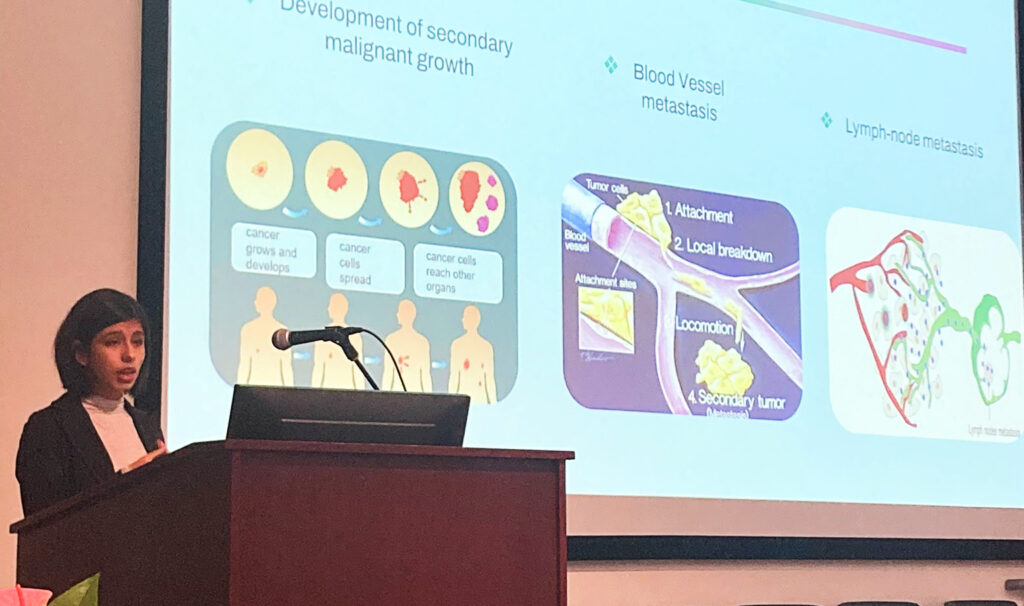I think we all agree that the last year has been challenging on so many levels. The surge of the Covid pandemic and the SARS-CoV-2 virus’ ability to spread throughout our communities and the globe has profoundly affected the ability to simply carry out daily activities such as attending classes, practicing the sports we love, and meeting family and friends. When I consider how the virus has spread, changed over time, and derailed our daily lives I am reminded of another adversary, one I have spent my career fighting. What we have seen during this pandemic resembles what happens when cancer acquires the ability to spread from the site where it originated to different parts of the body. The migration of cancer to different organs, little-by-little, impairs the body’s overall ability to properly function like the SARS-CoV-2 virus did with our lives.
Why Do We Need To Fund Research?
In the medical field a tumor’s ability to migrate to new locations within the body and grow in a different organ is known as “metastatic progression”. The good news is that significant progress has been made in recent years in how we diagnose and treat breast cancer. The bad news is that the development of distant metastases (or the ability of the cancer cells to spread to the liver, lung, brain, or bone) remains the number one cause of death in cancer patients. Federal agencies like the Department of Health and Human Services and Department of Defense and many private foundations devote enormous amounts of money every year to breast cancer research. Indeed, breast cancer research is one of the most highly-funded fields across all cancer types; this is because it is the most frequent tumor type in women. However, we need to look at the numbers closely to understand the whole story; less than 10% of funding goes to research focusing on metastatic disease. So why isn’t the deadliest condition the main focus of fundraising efforts?

From a scientific perspective, defeating metastatic progression remains the most serious challenge; the unconquered frontier, the unattainable scientific discovery we all aspire to. Without doubt, funding metastatic research is risky, so is going to Mars. Any breakthrough we can make in this field will touch the lives of thousands of patients. But, to reach that essential goal, we need passionate supporters who can take this cause to heart and advocate for metastatic patients during the biggest battle of their lives.

Where does Side-Out fit into all this?
First, our work is 100% devoted to metastatic breast cancer patients. We are driven by the long-term goal of developing new tests and treatments that will transform metastatic breast cancer from a deadly disease into a chronic condition. Our hope is to make it just like high blood pressure, a condition that can be managed with fine diagnostic tools and treatments without threatening the loss of life. If we can achieve this goal together, we will clear a novel pathway for others to follow and create new opportunities for treating not only breast cancer patients, but also other types of metastatic cancers. So, how can we reach this goal? We will keep challenging the existing paradigms of cancer research and medical practice, as we have done up to now in the Side-Out trials. We will continue building multidisciplinary teams where experts in different fields work together to find innovative solutions to defeat this disease. We will share our knowledge openly with the scientific community. We will advocate for our patients and tell the stories of mothers, daughters, fathers, sons, grandparents, and friends affected by the disease and how our work has touched their lives. We will join our efforts knowing that whether we are advocating at school, running a campaign, or in a hospital room we are all walking toward the same goal: change the way we see and treat metastatic breast cancer one patient at a time.”









